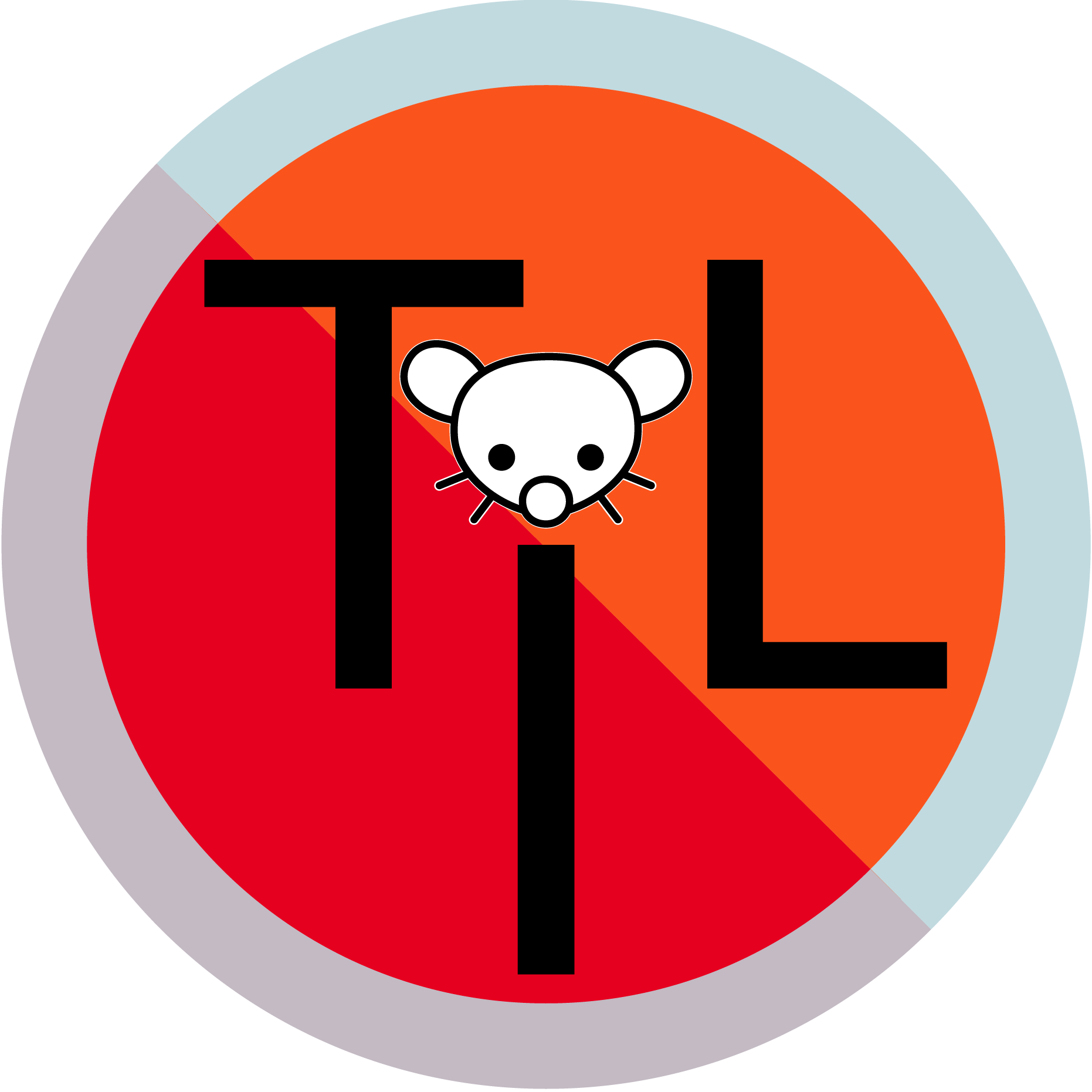I have never used the downvote button before now. Enjoy!
- 0 Posts
- 25 Comments
A TCP session is a unique combination of client IP, client port, server IP, and server port.
So you can use the same IP and port as long as the destination is a different IP or port.
This means that in principle you could use the same IP and port to connect to every IP address on the Internet using 65536 concurrent sessions. 😆
This wouldn’t help going to popular destinations, since they have a lot of people going to the same IP address and port, but for many (most?) of them you probably have some sort of CDN servers in your data centers anyway.
I switched like 25 years ago. For a long time I had a Windows partition for booting up games, until Microsoft stopped accepting my old licenses. Luckily I really didn’t care at that point.

 14·2 days ago
14·2 days agoGood luck Mayor Gergely Karacsony!

 5·3 days ago
5·3 days agoA DuckDuckGo search says that since 1924 native Americans living on reservations also get birthright citizenship. I suppose there may be a handful of native Americans born before then who are still alive, but I doubt many.

 21·3 days ago
21·3 days agoI mean, it sounds like you’re spending 12 hours a day in a polluted city so…

 7·3 days ago
7·3 days agoWhat do you mean? Which children born on US soil since 1868 were not granted birthright citizenship?

 6·4 days ago
6·4 days agoI assume he means a diversified investment portfolio.
The Baha’i faith teaches that there can never be a conflict between their faith and science. Anything in the past against what science has shown to be true now is considered allegorical.

 2·6 days ago
2·6 days agoHe was asked if he has an age limit. Misunderstanding the question about what his maximum age would be, he replies that he wouldn’t be like a Congressman who had sex with 12 year olds.
It sounds like you’re unhappy with your client? Maybe try a new one?

 4·8 days ago
4·8 days agoHe said 12 is too young for him.

 1·9 days ago
1·9 days agoHow much of this is an actual problem with coordinating between countries and how much just German rail having gotten incredibly shitty?

 1·9 days ago
1·9 days agoWould you please explain this more? I’ve not heard anything about this, but I am ignorant of many things.

 46·9 days ago
46·9 days agoPlanes are the safest form of transportation if you look at safety per km travelled. If you look at other metrics, like safety per trip or per travel time then they are less safe than busses or trains.

 26·10 days ago
26·10 days agoIn the distant past Facebook was a place that small parties and candidates without lots of money could organize and reach voters.
Now it’s just another propaganda tool for capitalists and fascists.

 72·10 days ago
72·10 days agoIntel dominated chip making for decades. This is more like restoring competition, I think.

 1·11 days ago
1·11 days agoI mean… it does seem less terrible?

 12·11 days ago
12·11 days agoSorry I replied to the wrong comment in the thread.
Let me try to explain.
GPL was designed to give users access to the source code for hardware they control.
This worked pretty well until TiVo came up with locks that would only allow you to run kernels they signed. This was to prevent people from putting in cheap disks to their hardware.
So GNU came up with GPLv3, which closes the TiVo hole. It also tried to address the evils of software patents to an extent.
That works okay, but then people invented SaaS (software as a service). In that case the user doesn’t own the hardware, so companies don’t have to publish the source under GPL. Which meets the letter of the license and gives a big middle finger to the intent.
So AGPLv3 was developed to close that hole. With AGPL users must have access to any open source run by a service to provide them with that service, restoring the ability of users to see what the code is doing, and possibly forking and making their own version if it doesn’t do what they want.




Nixon was a potty mouth.